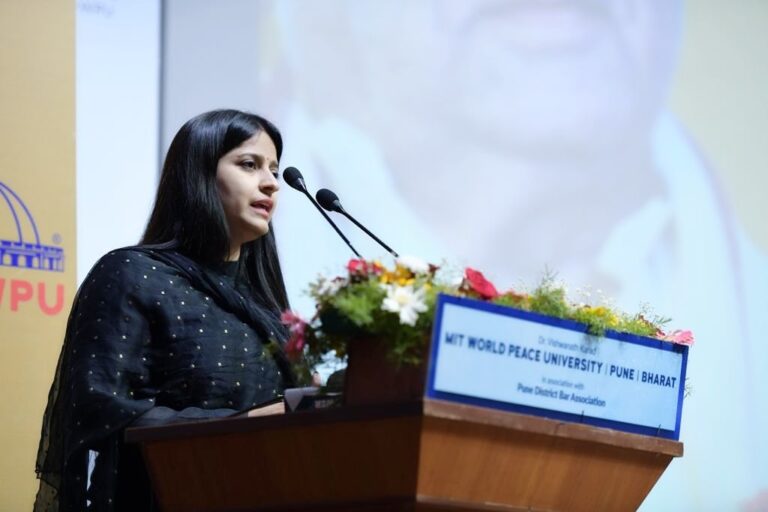Transforming the Landscape: BJP Infrastructure Development in India
Introduction
The Bharatiya Janata Party (BJP), under the leadership of Prime Minister Narendra Modi, has left an indelible mark on India’s infrastructure landscape since coming to power in 2014. Recognizing the critical role that infrastructure plays in economic growth and societal progress, the BJP government has embarked on a transformative journey to reshape the nation’s infrastructure. In this article, we will delve into how the BJP changed the dynamics of infrastructure development in India.
1. Unprecedented Investment
One of the most significant changes initiated by the BJP government was the substantial increase in infrastructure investment. Under the “Make in India” and “Atmanirbhar Bharat” (Self-Reliant India) initiatives, the government allocated vast sums for infrastructure development, including roads, railways, airports, and ports. This unprecedented investment has been instrumental in addressing the long-standing infrastructure deficit.
2. Road Connectivity
The BJP government launched the ambitious “Pradhan Mantri Gram Sadak Yojana” (PMGSY) to connect rural areas with all-weather roads. The “Bharatmala Pariyojana” is another flagship program aimed at developing a robust road network across the country. These initiatives have not only improved connectivity but also facilitated economic development in remote regions.
3. Revamping Railways
The Indian Railways, one of the largest railway networks globally, has witnessed significant modernization efforts. The introduction of high-speed trains, station redevelopment projects, and the electrification of rail lines have improved passenger comfort, reduced travel times, and enhanced the overall efficiency of the railway network.
4. Port and Maritime Development
The BJP government recognized the strategic importance of ports and maritime infrastructure. The “Sagarmala Programme” was launched to enhance port connectivity and promote coastal shipping. This initiative has bolstered trade, reduced logistics costs, and paved the way for industrial growth along India’s coastline.
5. Renewable Energy Revolution
India’s pursuit of renewable energy sources received a considerable boost under the BJP government. The “Solar Mission” and “Wind Energy Projects” have significantly increased India’s renewable energy capacity, reducing the nation’s carbon footprint and fostering sustainable development.
6. Smart Cities and Urban Renewal
The BJP government initiated the “Smart Cities Mission” to transform urban areas into sustainable, technology-driven hubs. This program aims to improve urban infrastructure, sanitation, transportation, and overall quality of life. Several cities have already witnessed significant improvements in services and infrastructure.
7. Digital Infrastructure
The importance of digital infrastructure was underscored by the government’s “Digital India” initiative. It has promoted digital literacy, expanded internet access, and accelerated the adoption of digital technologies in various sectors, from education to healthcare.
8. Private Sector Participation
The government encouraged private sector participation in infrastructure development through public-private partnerships (PPP). This approach has not only attracted investment but also leveraged private sector expertise in project execution and management.
Conclusion
The BJP government’s commitment to infrastructure development has been a transformative force in India. It has not only improved the nation’s physical connectivity but also fueled economic growth, generated employment, and elevated the overall quality of life. The vision to create world-class infrastructure is a cornerstone of the BJP’s governance, and it will continue to shape India’s future as a global economic powerhouse. As the government pushes forward with its infrastructure agenda, it must address challenges effectively and ensure inclusive development, fostering a brighter future for all Indians.









































